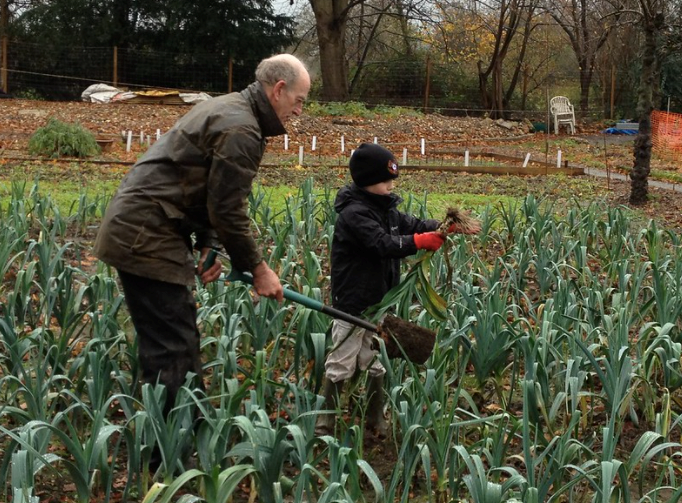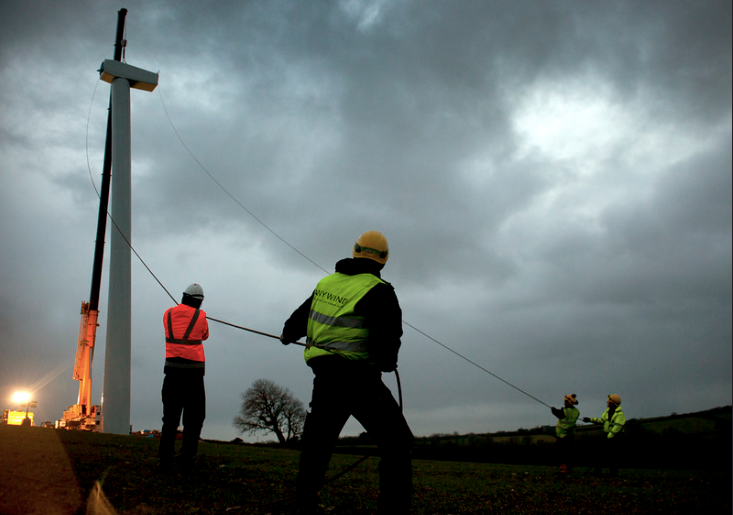Our News
Using Imagery to Best Engage Your Audience

Featured image credit: Climate Visuals
The narrative of polar bears and ice caps within climate change visuals is not only outdated but ineffective at driving low carbon change. Once shocking and impactful imagery of the Arctic is now so familiar and overused, that it does not draw the attention or concern that it once did. When communicating climate change, we should make sure we are using the most effective and inspiring imagery for each of our audiences. Images which people can relate to, which feel close to home, are the most effective, and something we always recommend within Carbon Literacy.
Historically, our view has always been to “steer clear of polar bears wherever possible” whilst not trying to dictate what will work best or where, and ultimately leaving the final say up to course-developers and trainers. Ultimately we always recommend that everyone uses the imagery that feels most fitting for their audience.
After exploring the topic in more detail, we wanted to take the time to offer some further guidance about the types of imagery that lead to the most impactful responses.
In May 2021 Climate Outreach launched its updated Climate Visuals library, a unique and trusted source of evidence and images, curated to inspire positive action. The free to access platform hosts over 1,000 Creative Commons and rights-managed images, and aims to catalyse a new visual language for climate change communicators.
Climate Outreach’s seven core climate visual principles, guides users of the platform to select photography that goes beyond imagery, leading towards positive action, to inspire low-carbon change.
The platform’s useful features include a search tool in which keywords can be used, and offering image selection based on topic. The organisation of the platform allows for collections of images to be identified such as “climate impacts” or “climate solutions” alongside filters to – for example – only show creative commons images, to make searching for useable images easier for non-profits like us.
How can we use this platform?
The visual narrative we use to communicate the climate emergency is critical in ensuring learners receive the most effective Carbon Literacy training and take positive low carbon actions away from the day. This platform allows free access to media content which can be used to elevate Carbon Literacy training and ensure maximum engagement from our learners. By using the platform, trainers and course-developers can ensure their training materials inspire, and motivate learners to take action to reduce their environmental footprint.
What should the visuals in your training embody?
People-centred narratives – Using real stories, and real people, to create a personal and emotive response from learners.

‘The photo is of two unrelated Grace & Flavour members cropping leaks, one aged seven, another retired. This image encompasses how climate impacts will affect those from all generations and how working together can encourage collective action’
Positive solutions – focus on the benefits which can be provided by climate actions.

‘Abundance Generation has developed a crowd-funding platform that allows individuals to invest in renewable energy projects. By creating a low-cost, efficient process with minimised risks, finance is provided to developers at a competitive cost, and by enabling people to invest in local projects, community support for them increases.’
The identity and values of the viewer – considering how best your audience might engage with the imagery you use.

‘Wheels for all initiative – providing accessible bicycle training in Birmingham’.
Climate Outreach has just put out an open call to photographers to support the growth of the platform. With new partnerships and contributors, content on the site can become even more accessible and representative of both emerging and urgent climate narratives.
For further details about Climate Visuals, visit their website
If you have any further resources which might be useful for fellow course developers and trainers, please share them using #CLresource on Twitter, Instagram and Linked in.